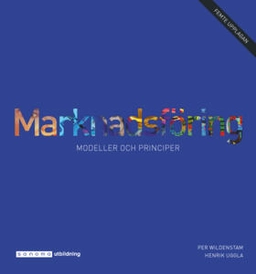

Quality from Customer Needs to Customer SatisfactionUpplaga 2
- Upplaga: 2a upplagan
- Utgiven: 2003
- ISBN: 9789144041667
- Sidor: 606 st
- Förlag: Lightning Source
- Format: Häftad
- Språk: Engelska
Om boken
Åtkomstkoder och digitalt tilläggsmaterial garanteras inte med begagnade böcker
Mer om Quality from Customer Needs to Customer Satisfaction (2003)
2003 släpptes boken Quality from Customer Needs to Customer Satisfaction skriven av Bo Bergman, Bengt Klefsjö. Det är den 2a upplagan av kursboken. Den är skriven på engelska och består av 606 sidor. Förlaget bakom boken är Lightning Source.
Köp boken Quality from Customer Needs to Customer Satisfaction på Studentapan och spara pengar.
Referera till Quality from Customer Needs to Customer Satisfaction (Upplaga 2)
Harvard
Oxford
APA
Vancouver



















